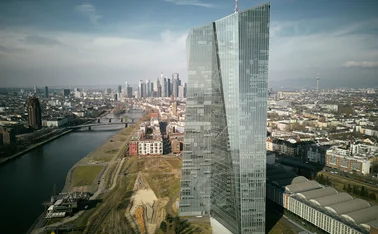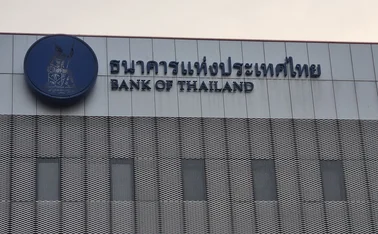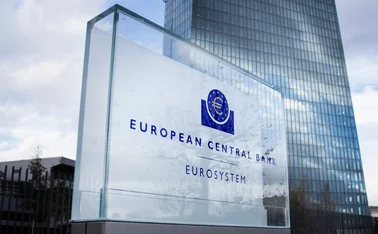
RBI tells public ‘no need to panic’ as mid-sized bank fails
Central bank seeks to quell fears of a second round of trouble after collapse of PMC Bank

The Reserve Bank of India has told the public there is “no need to panic” despite the abrupt collapse of a mid-sized bank in late September.
The RBI said in a short statement on October 1 that there were rumours circulating “about certain banks, including co-operative banks, resulting in anxiety among the depositors”.
“RBI would like to assure the general public that Indian banking system is safe and stable and there is no need to panic on the basis of such rumours,” the central bank said.
Th
Only users who have a paid subscription or are part of a corporate subscription are able to print or copy content.
To access these options, along with all other subscription benefits, please contact info@centralbanking.com or view our subscription options here: subscriptions.centralbanking.com/subscribe
You are currently unable to print this content. Please contact info@centralbanking.com to find out more.
You are currently unable to copy this content. Please contact info@centralbanking.com to find out more.
Copyright Infopro Digital Limited. All rights reserved.
As outlined in our terms and conditions, https://www.infopro-digital.com/terms-and-conditions/subscriptions/ (point 2.4), printing is limited to a single copy.
If you would like to purchase additional rights please email info@centralbanking.com test test test
Copyright Infopro Digital Limited. All rights reserved.
You may share this content using our article tools. As outlined in our terms and conditions, https://www.infopro-digital.com/terms-and-conditions/subscriptions/ (clause 2.4), an Authorised User may only make one copy of the materials for their own personal use. You must also comply with the restrictions in clause 2.5.
If you would like to purchase additional rights please email info@centralbanking.com test test test







